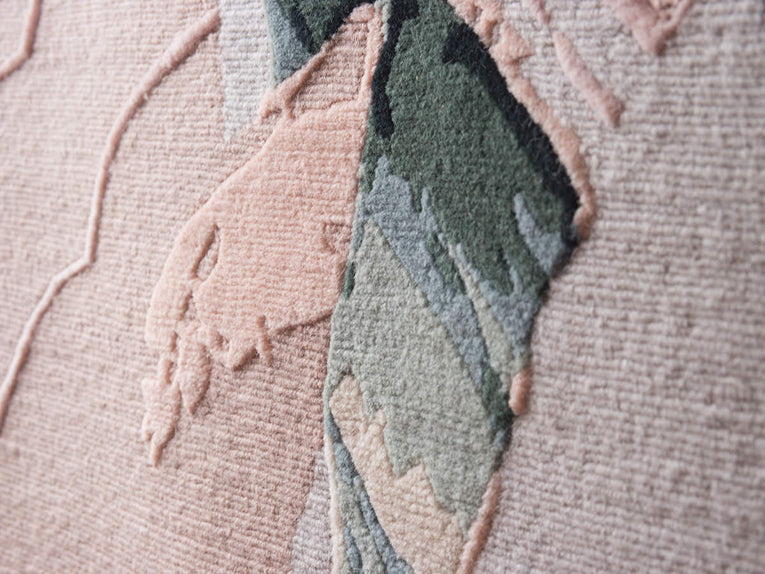Your Cart is Empty

With a production time of around three months, CHACCRA rugs are for people invested in each item's journey, and for those who look to experience the authenticity of adventure in Nepalese craft and design.
Offering the same luxury as the Persian rug, the Tibetan rug is famous for its incomparable, beautifully soft underfoot feeling. Better yet, its origin is a story worth reading, hailing back to the middle of the last century and the mass movement of Tibetans through Asia.
Design
We innovate artisanal Nepalese craft to create contemporary homewares that celebrate the hands and minds of those who make them. Nepal is home to a unique and sturdy creative community that preserves and nurtures traditional handcraft practices that date back centuries.
We want to integrate function and beauty, but go further in supporting an energised, positive, uplifted yet balanced lifestyle – for all who come into contact with us; from the craftspeople and international designers we work with, through to our customers.
Our collections fuse artisan techniques with abstract and spiritual designs, utilising colour and contemporary contexts to encapsulate yet innovate ancient crafting techniques. Read our design stories.
Hand Knotting Methodology
It’s a common misconception that Tibetan rugs are solely a woven carpet, when in reality they are created using unique Tibetan hand knotting methodologies. Hand knots are what make these rugs so brilliant at capturing intricate detail, creating sharp lines and colour gradients that are effortlessly insync with contemporary design. The more knots there are, the more intricate the detail within your design. Authentic Tibetan rugs should have no less than 60 knots per square inch. Chaccra rugs have on average 100 knots and are handcrafted in Kathmandu.
Production Time
When shopping for a truly special piece, take into account the level of craftsmanship and dedication that goes into each design. It takes Tibetan rug artisans years, sometimes decades to hone their skill. A skilled artisan can knot up to 10,000 hand knots a day and it takes months of hard work to create a finished piece, so it’s important to be patient.
Much like price, if the turn around is too quick, there’s something wrong. Buyers should expect a couple of months for production before seeing the final piece. In this case, your patience will be rewarded with a beautifully produced, long- lasting piece that will adorn your home for years to come.
Materials
Traditional Tibetan rugs are made from Changpel wool from the Tibetan Plateau. It’s long staple fibres and richness in lanolin create beautifully long-lasting rugs with a luxurious feel. However, in Nepal, Tibetan rugs can also be made from Chinese silk, nettle and hemp.
Tibetan rugs are luxurious and extremely customisable because of their design versatility- from size, pattern, materials, thickness and colour capabilities, due to expert dye specialists in Nepal.Chaccra rugs are made from Pure Tibetan wool or hemp, and dyed with reactive, heavy metal-free dyes.
We visit our suppliers regularly to ensure we are working with similarly minded and ethically conscious people, who provide economically and socially sustainable opportunities for their employees.
Browse our Tibetan rug shopping tool - an easily digestible and quick to use checklist.
Comments will be approved before showing up.


